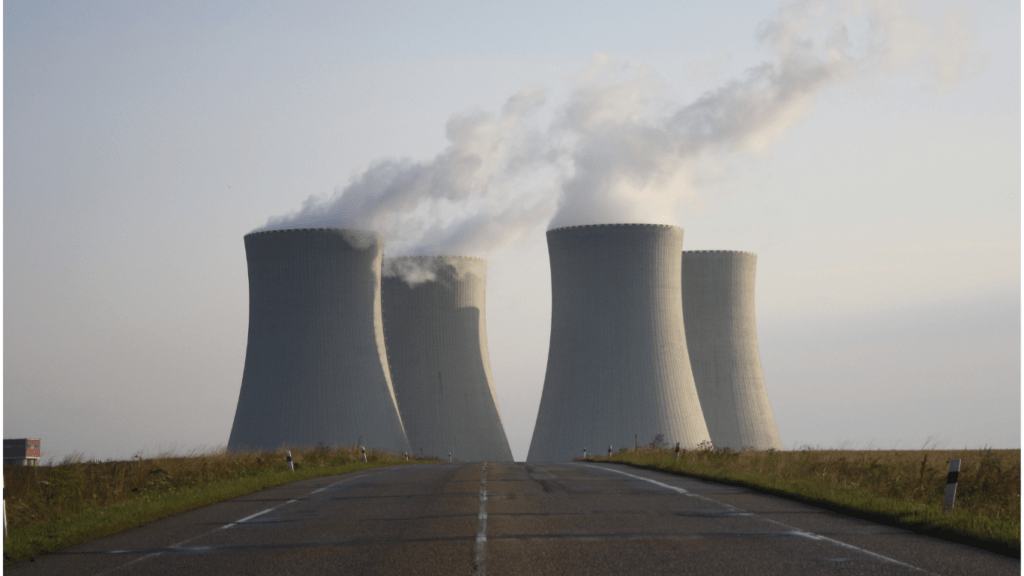The Promise of Fusion Energy
Unlimited Clean Energy
Fusion energy offers the promise of unlimited clean energy. By using isotopes like deuterium and tritium, fusion reactions produce minimal long-lived radioactive waste.
Deuterium, which can be extracted from seawater, and tritium, which can be bred from lithium, ensure an abundant fuel supply.
According to the International Atomic Energy Agency, the fusion process emits no carbon dioxide, making it an attractive solution for reducing greenhouse gas emissions.
For example, a fusion power plant could generate gigawatts of electricity without the environmental impacts associated with fossil fuels.
Advancement in Nuclear Science
Advancements in nuclear science have accelerated fusion research. Innovations in magnetic confinement, such as the tokamak and stellarator designs, help contain the superheated plasma necessary for fusion.
The ITER project in France exemplifies these advancements, aiming to produce 500 megawatts of fusion power by the late 2020s.
Additionally, breakthroughs in materials science address the issue of neutron bombardment, extending the lifespan of reactor components.
For instance, high-temperature superconducting magnets enable stronger magnetic fields, increasing efficiency in sustaining fusion reactions.
Scientific progress continues to bring fusion energy closer to reality, with each advancement overcoming previous technological barriers.
The Technical Challenges of Fusion Energy
Containing Plasma
Containing plasma poses significant technical challenges in fusion energy.
- Plasma, the fourth state of matter, must be confined at extremely high temperatures. Fusion reactors utilize magnetic fields to achieve this, but maintaining the stability of the plasma is difficult.
- Tokamak and stellarator reactors, examples of confinement devices, aim to keep plasma stable and contained.
However, disruptions and instabilities, like edge localized modes (ELMs), can lead to losses of plasma and energy.
Addressing these issues requires advanced diagnostics, real-time control systems, and improved materials to withstand harsh conditions.
Achieving and Sustaining High Temperatures
- Achieving and sustaining high temperatures is critical in the fusion process.
- Fusion reactions occur at temperatures exceeding 100 million degrees Celsius.
- Maintaining these temperatures consistently over extended periods presents a formidable challenge.
- Plasma heating methods, such as neutral beam injection and radiofrequency (RF) heating, play crucial roles in reaching these temperatures.
- Scientists must ensure that the reactor materials can endure prolonged exposure to intense heat and neutron radiation.
Advanced superconducting magnets and innovative cooling systems are essential to manage these extreme conditions effectively.
Economic and Political Considerations

Funding and Investment
Funding fusion research demands significant investment, as the development and maintenance of fusion reactors involve advanced technology and materials.
Government budgets and private sector initiatives often cover costs.
In 2020, the United States allocated approximately $672 million to fusion energy research, reflecting a serious commitment.
Despite these investments, securing sustained funding remains challenging due to economic pressures and competing priorities.
Long-term projects like the ITER require not just initial funding but continual financial support to meet milestones and innovate.
International Collaboration and Treaties
International cooperation is vital for advancing fusion research.
Projects like the ITER demonstrate multi-national collaboration involving 35 countries, including major powers like the USA, China, and members of the European Union.
Such collaborations pool resources and expertise, accelerating advancements.
Treaties also play a significant role. Agreements like the ITER Agreement, signed in 2006, outline member responsibilities and commitment, helping maintain transparency and shared goals.
However, geopolitical tensions can impact these collaborations, necessitating robust diplomatic efforts to ensure continuous progress.
Environmental Impact
Reduced Carbon Footprint
Fusion energy offers a substantial reduction in carbon emissions.
Unlike fossil fuels, fusion reactions primarily use isotopes of hydrogen, such as:
- deuterium
- tritium
which don’t produce carbon dioxide as a byproduct.
According to a study by the International Atomic Energy Agency (IAEA), fusion could significantly lower greenhouse gas emissions if it replaces conventional energy sources.
Fusion reactors don’t rely on chemical combustion, eliminating a major source of air pollutants.
They create minimal amounts of any harmful emissions, contributing to cleaner air quality.
Authorities on environmental health, such as the Environmental Protection Agency (EPA), recognize the potential for fusion to alleviate air pollution issues that affect public health.
Handling Nuclear Waste
Fusion energy generates significantly less radioactive waste compared to fission reactors. The primary waste products include activation materials from exposure to high-energy neutrons.
These materials have much shorter half-lives than those generated by fission.
For example, the radioactivity level from fusion waste stabilizes within 100 years, whereas fission waste can remain hazardous for thousands.
Authorities in nuclear safety like the World Nuclear Association (WNA) emphasize the benefits of fusion’s waste profile for long-term waste management strategies.
Fusion’s byproducts are easier to handle and store, reducing the environmental and safety challenges posed by traditional nuclear waste.
Initiatives such as the European Fusion Development Agreement (EFDA) are exploring techniques for recycling and safely managing these materials.

